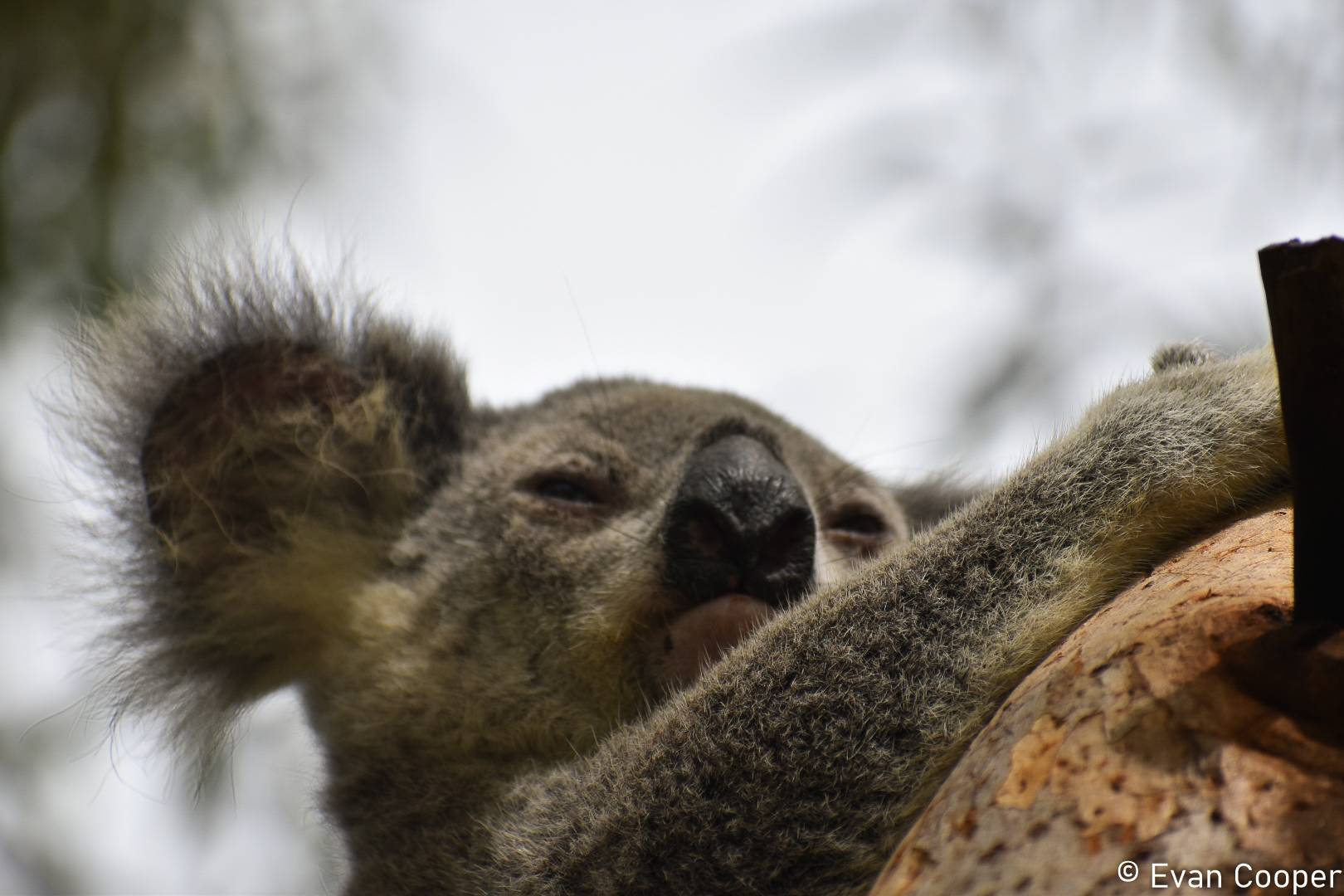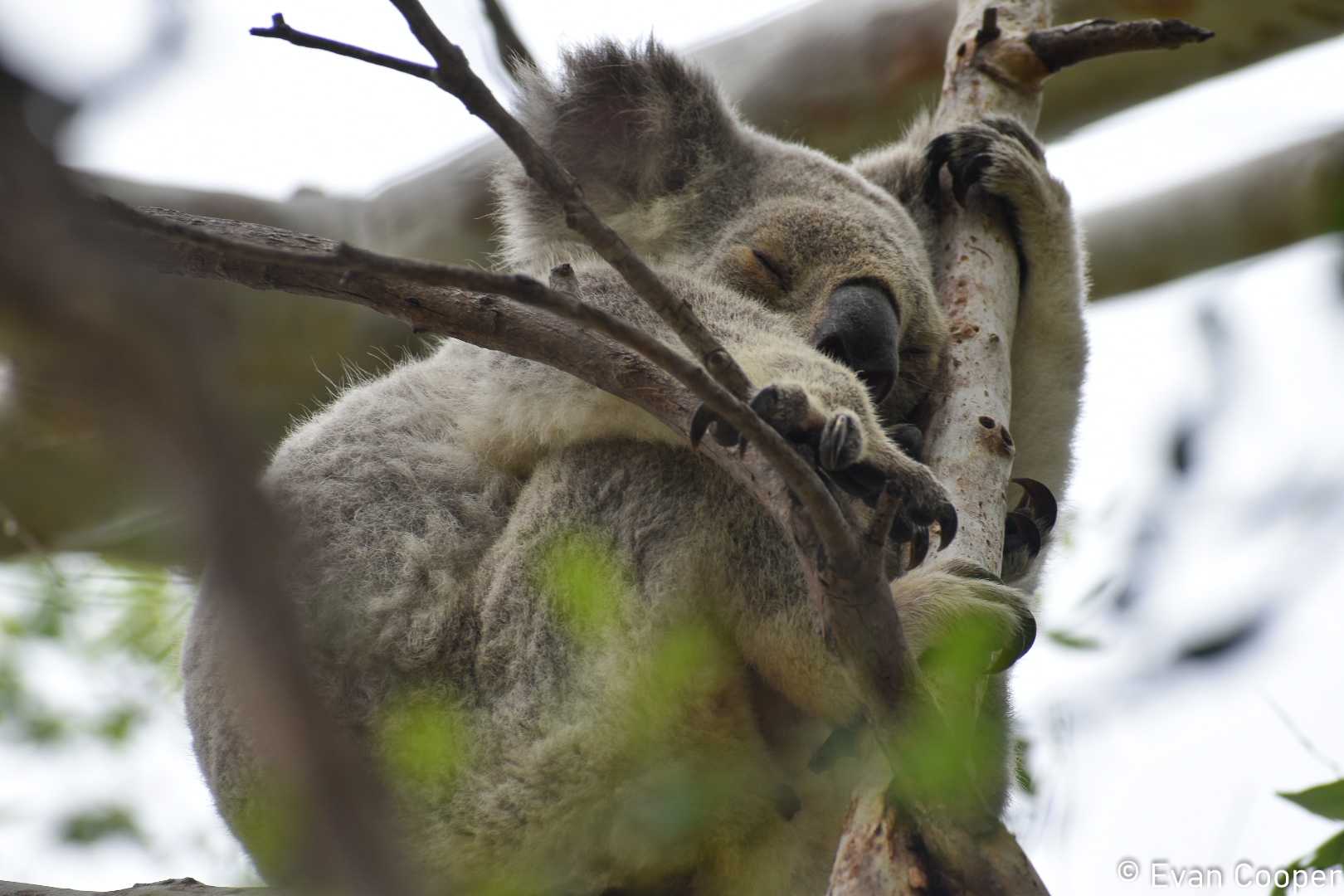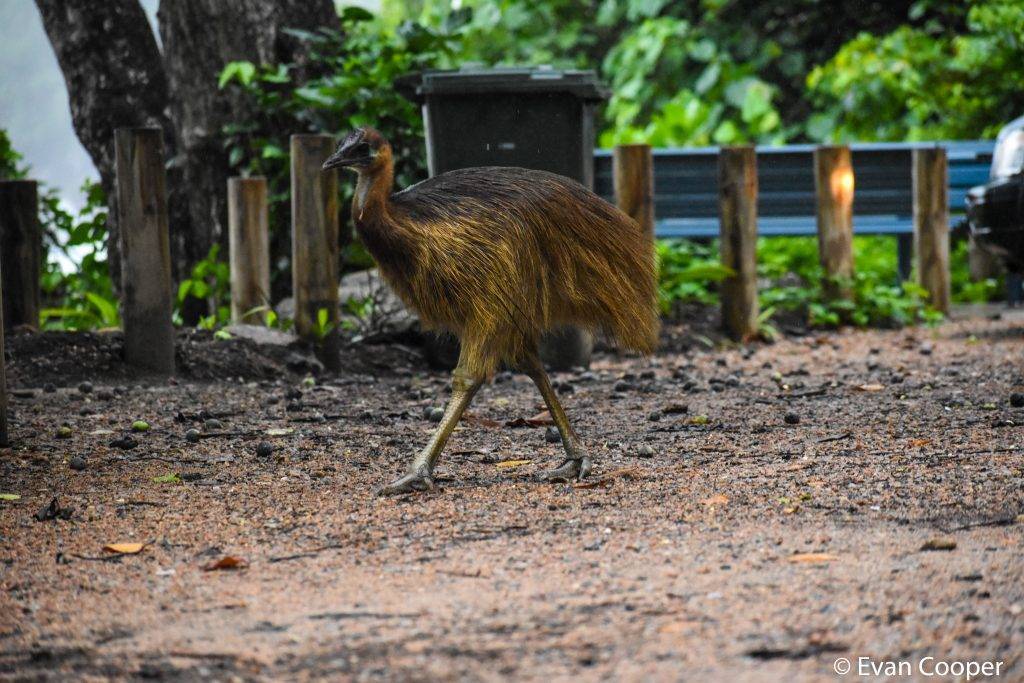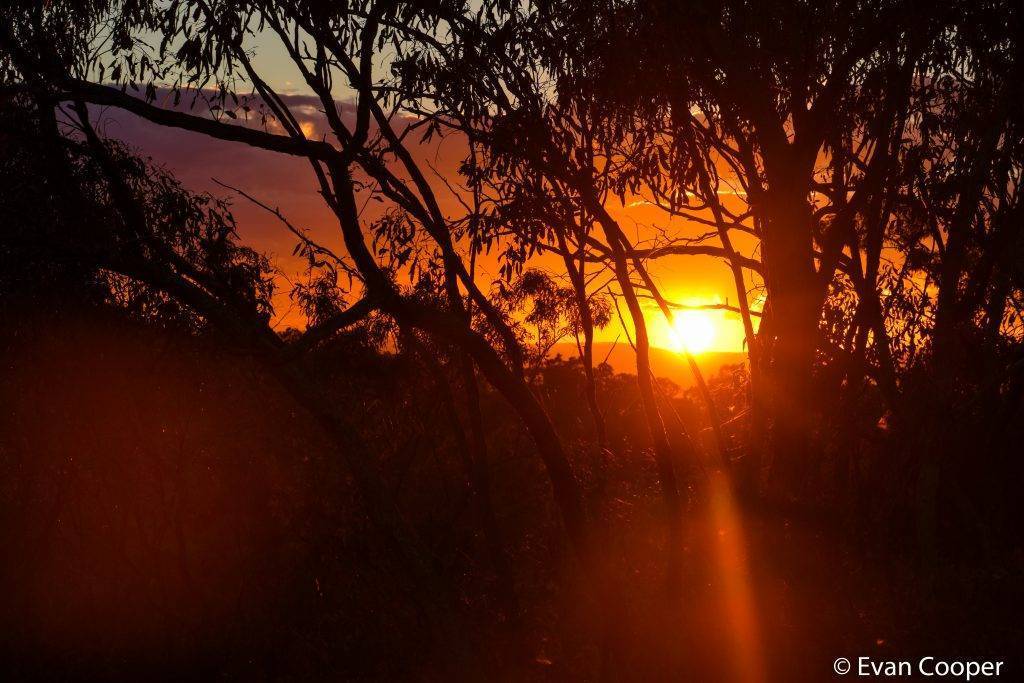From May to July 2019, I traveled on a University of Florida study abroad program “Sustaining Humans and the Environment” in North Queensland, Australia. After the flights from Orlando to Los Angeles, Los Angeles to Brisbane, and Brisbane to Townsville, I had finally arrived! I along with 16 others hopped from city to city on a bus learning from different lecturers along the way. After the study abroad program, I went on a journey on the Spirit of Freedom Liveabord, diving for a week on different parts of the Great Barrier Reef. Below is a description of and photographs from each city.















































